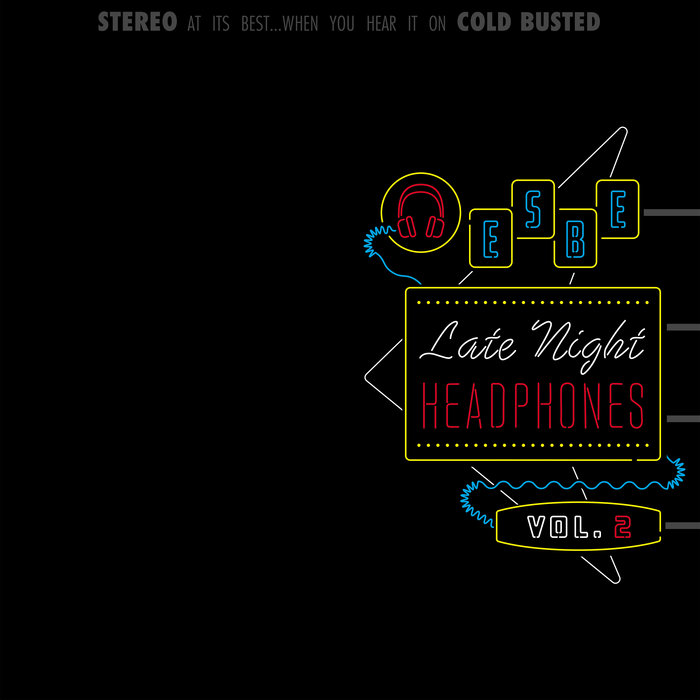
Late Night Headphones Vol. 2 – Esbe
this blog is GROOVY – check out great Soul, Funk, Jazz, Hip Hop, Bass, Breaks , Reggae, House n many more TUNES
Introduction
Yo, music lovers! Today we’re diving into the funky world of Boomsday music—a genre that’s as eclectic as a thrift shop playlist. Boomsday isn’t just about the beats; it’s a celebration of life, love, and those moments when you can’t help but dance like nobody’s watching. So let’s crank up the volume and take a ride through its history!
Boomsday, at its core, is all about high-energy tunes and infectious rhythms. Rooted in party anthems from various genres, it pulls inspiration from electronic music, hip-hop, reggae, funk—pretty much any style that makes you move your feet. Picture summer festivals filled with vibrant colors and people swirling to electrifying beats. That’s Boomsday for ya!
The term ‘Boomsday’ can be traced back to when DJs began mixing tracks in innovative ways during the late ’80s and early ’90s rave scene. Back then, underground parties were hotspots for emerging electronic artists who wanted to shake things up (literally). Things really took off with iconic festivals like Burning Man influencing this lively movement.
By the 2000s, what started as small gatherings transformed into massive events featuring some seriously talented musicians who knew how to work their crowd.
When we talk about influential artists within the genre—think DJs like Tiësto or Skrillex spinning pulsating hits that get everyone grooving. These pioneers incorporated drops so sexy they made even non-dancers bust out moves! But let’s throw in some humor here: did you know Tiësto once accidentally played his set on repeat for two hours? Now that’s what I call an enthusiastic encore!
Then you’ve got acts like Major Lazer combining reggae vibes with electronic flair—no wonder their tunes had everybody feeling irie on the dance floor!
Now let me hit you with some funny stories from our beloved boomy musicians:
Diplo’s Dance Battles:
EDM Dad Jokes:
Crazy Costume Choices:
Bassnectar’s Fan Encounter:
As technology evolved along with societal trends—the explosion of digital platforms (hello Spotify!) allowed new generations access to old-school mixes alongside fresh sounds bubbling beneath mainstream radar today.
Artists now merge genres effortlessly by incorporating soul singers over trap beats or adding wind instruments onto bass-heavy bangers—we’re talking creativity overload here people!
And check this out: Virtual reality concerts are becoming increasingly popular among younger crowds—the next generation might groove through holographic experiences instead of sweaty venues filled wall-to-wall dancers sweating under disco balls 🤯.
To fully grasp what ‘Boomsday’ brings forth sonically—you’ve gotta give these essential gems a spin:
Trust us; have these on repeat at your next house party—and watch folks flock onto your living room dance floor in no time flat🔥💃🕺🏼.
So there ya have it—a whirlwind tour through Boomsday music history painted against vibrant anecdotes sprinkled throughout legendary tales highlighting our favorite artists’ quirky pastimes down memory lane 🎶✨ .
Remember friends—whether you’re vibing solo or getting down at festival grounds surrounded by thousands dancing together—the spirit behind every beat remains universal: Connecting hearts via pure rhythm-induced joy ❤️🎉 . Rock on until dawn breaks again ‘cause we know tomorrow brings another day full excitement waiting just beyond horizon grooves ahead🏖️🌅 !

Late Night Headphones Vol. 2 – Esbe